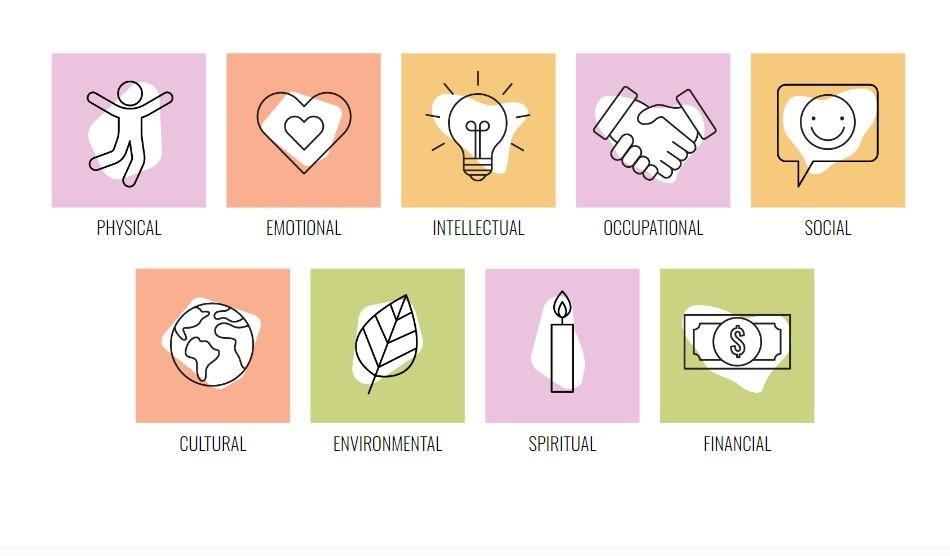
If you are reading this on your phone, let’s do an experiment. Take a minute to navigate over to your most used social media app (but come back and keep reading!). Search “self-care,” and notice what images or reels you see. Maybe you are seeing images of bubble baths or information on “everything showers.” Maybe it’s skin care or cleaning, or if you are one of the lucky ones, you are seeing A LOT of cat videos. Whatever you see, I’m here to tell you that “self-care” is more than just how a social media algorithm defines it.
Sometimes, self-care is presented as a standard that no one can realistically live up to. It can feel like a luxury that isn’t accessible – something we do not have time for or feel guilty prioritizing. The reality is that self-care is a basic need.
Self-care is the process of purposeful engagement in strategies that promote healthy functions and enhance well-being. Those strategies may be different for everyone, but we all have the power to intentionally take steps to build a self-care routine that fuels us.
There is no magic formula, but if one word might sum up effective self-care, it’s “balance.” At St. Joe’s, one of our key Jesuit values is “cura personalis” or “care for the whole person.” This phrase is a reminder to care for ourselves and others as whole and unique people: mind, body and spirit.
At St. Joe’s, we embrace nine dimensions of well-being: physical, emotional, intellectual, occupational, social, cultural, environmental, spiritual and financial. Each dimension of well-being affects and overlaps with the others and contributes to our health, happiness and quality of life. At times, one dimension may be more prominent in our lives, but the neglect of any dimension over time can cause negative effects. As we strive to care for ourselves as a “whole person,” paying attention to the nine dimensions can help.
Take a moment to think about each dimension of well-being. What three dimensions do you focus on the most? What dimensions might you neglect? If you have all of your self-care techniques in just a few areas, consider things you can add to become more balanced.
Incorporating strategies for self-care may come naturally to some. Maybe we intentionally find time to move our bodies each day and prioritize getting enough sleep, or maybe we journal to express how we feel. Maybe we find time to focus on what we find intellectually interesting. It is also important to prioritize our social selves. Research shows that connection with others increases our well-being and serves as a protective factor from the adverse effects of stress, anxiety and depression.
To explore ways to enhance your well-being and practice self-care, consider the resources available to you right here at St. Joe’s. Student Life has a well-being unit that includes Counseling & Psychological Services (CAPS), Student Health, and Student Outreach & Support.
We invite you to connect with us to learn more about how to care for yourself in a holistic way. Strategies for self-care and well-being are also available through the “The Thriving Times” monthly well-being newsletter and Student Outreach & Support at @SJU_SOS on social media. Maybe we can help reset those social media algorithms for more holistic self-care (but let’s keep the cat videos!).
Marci Berney is director of Student Outreach & Support, case manager and an adjunct professor in the department of health sciences.














































